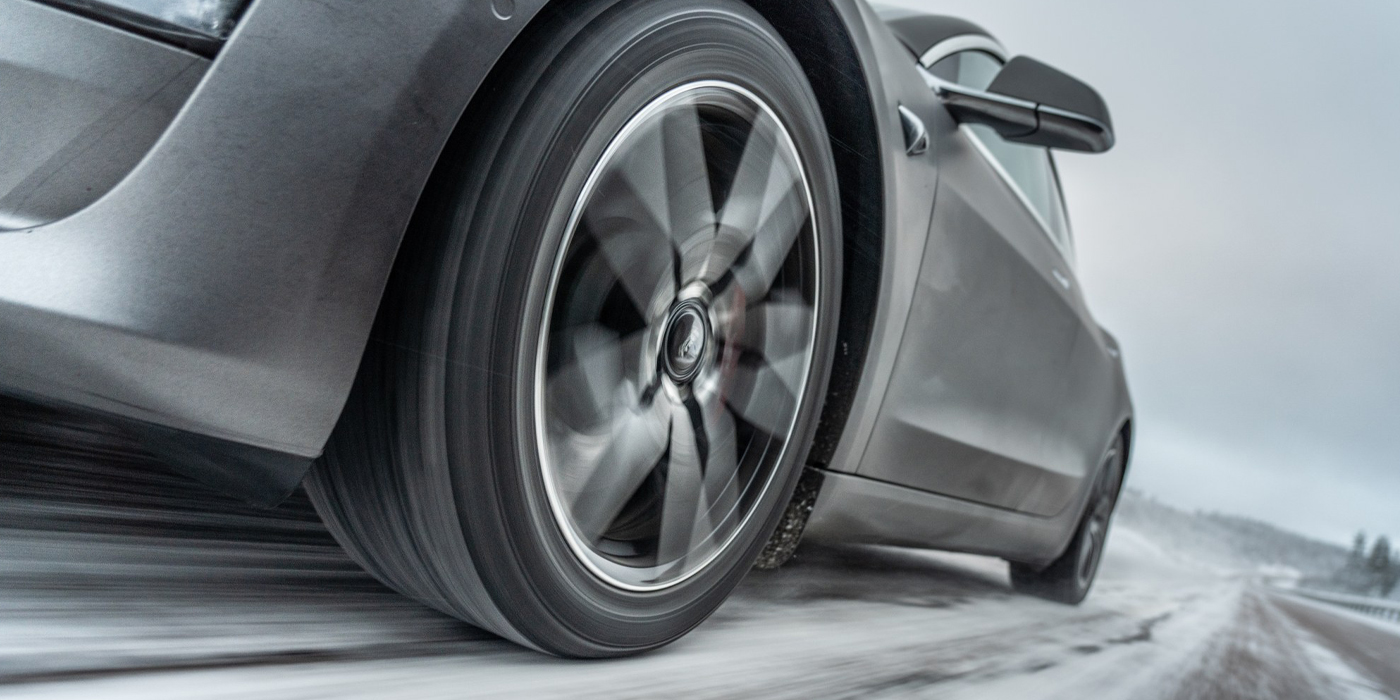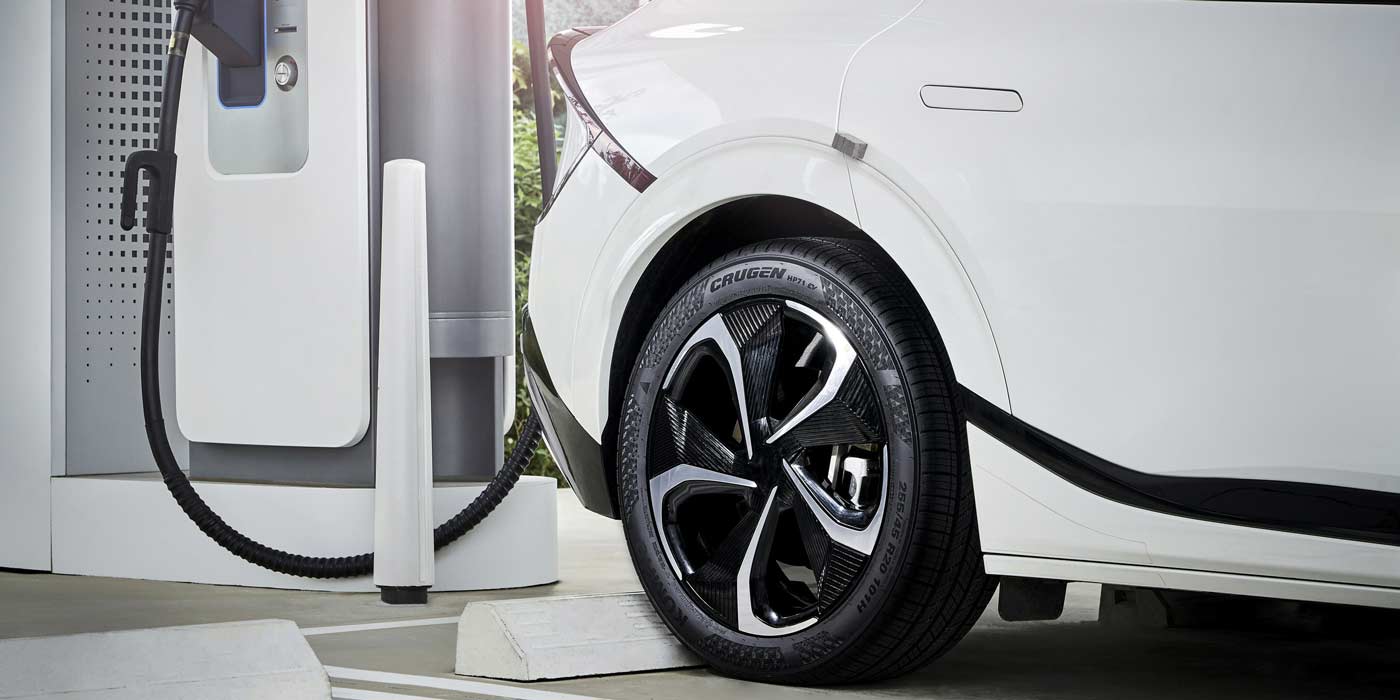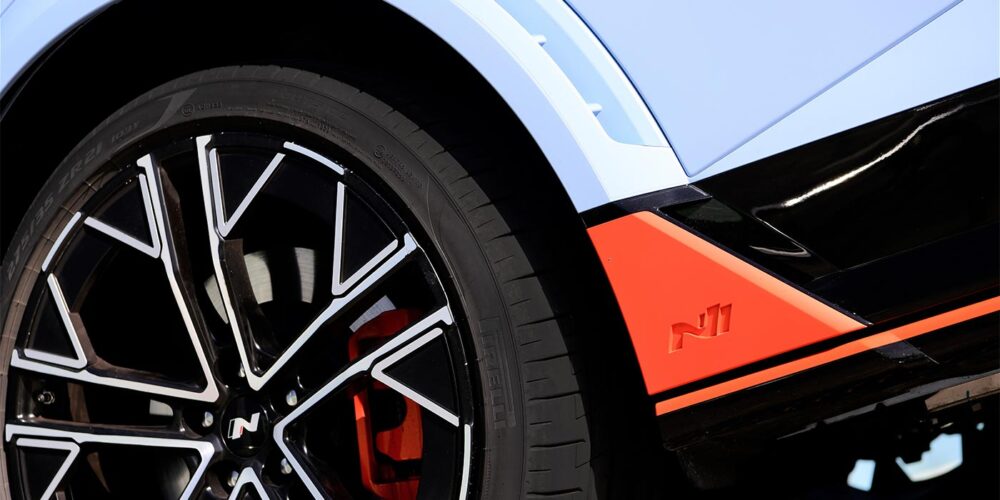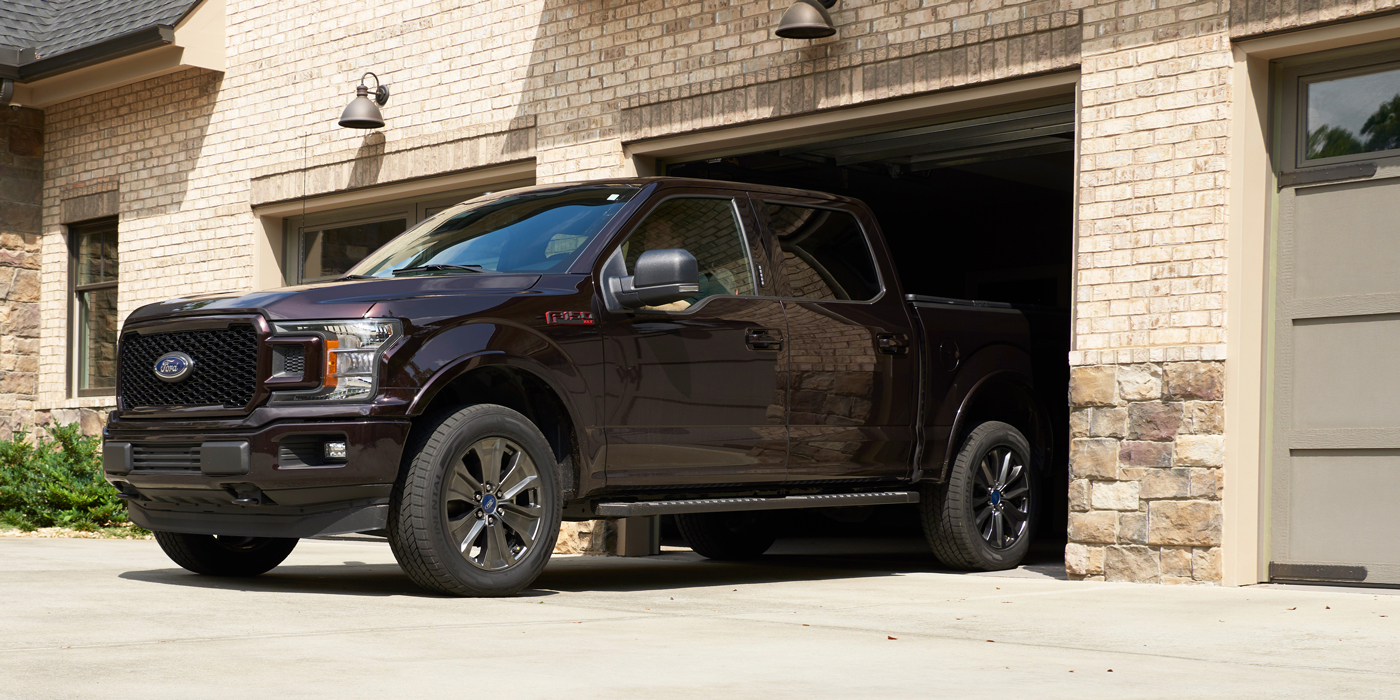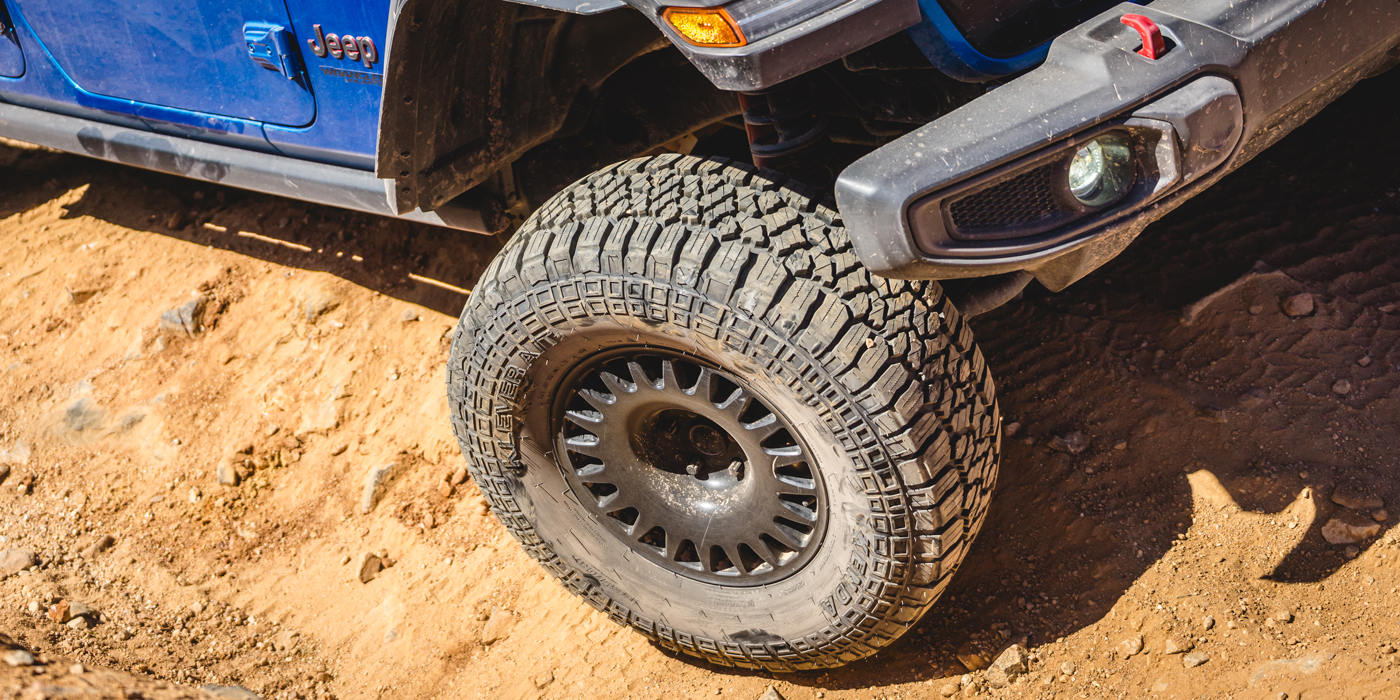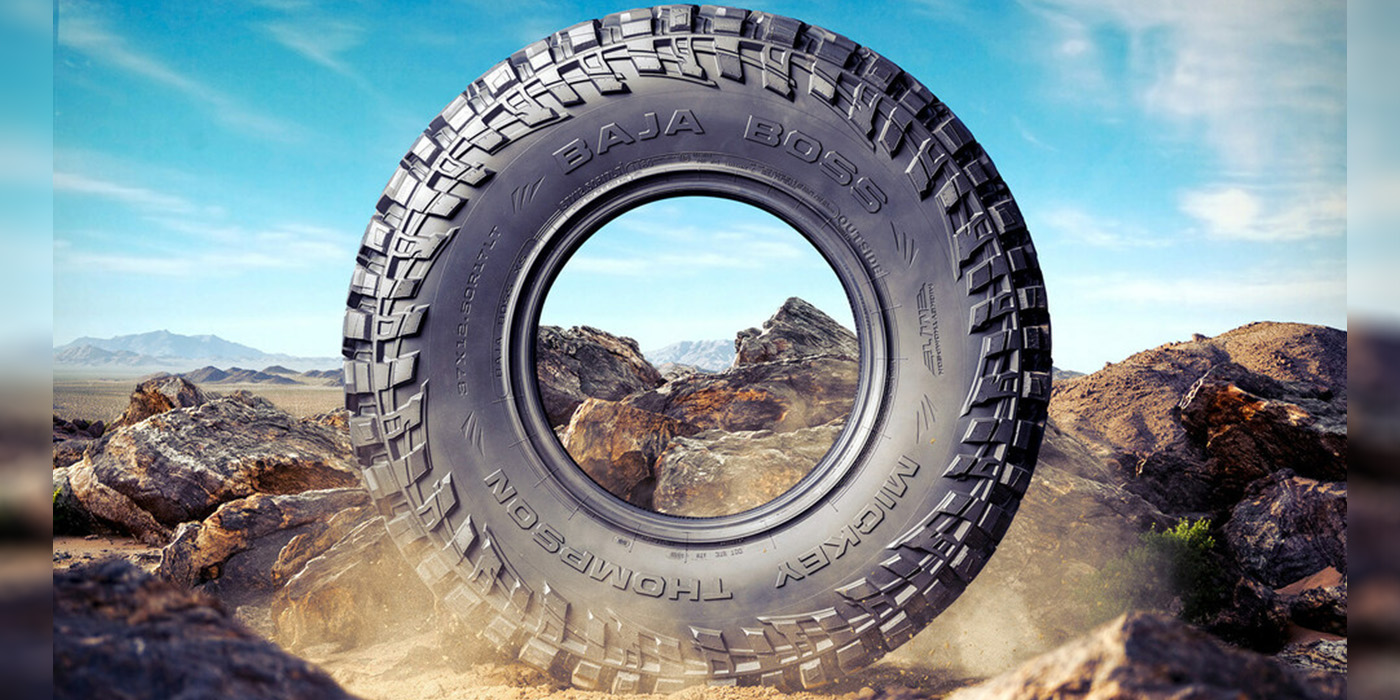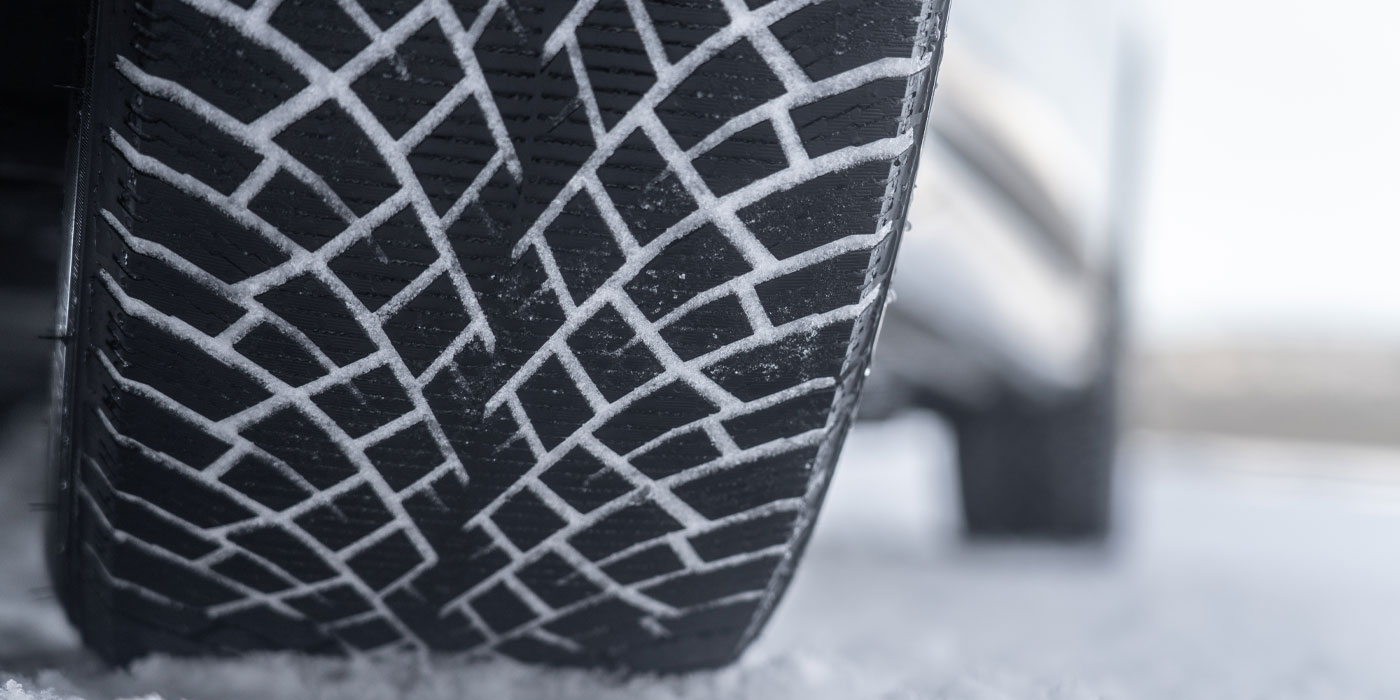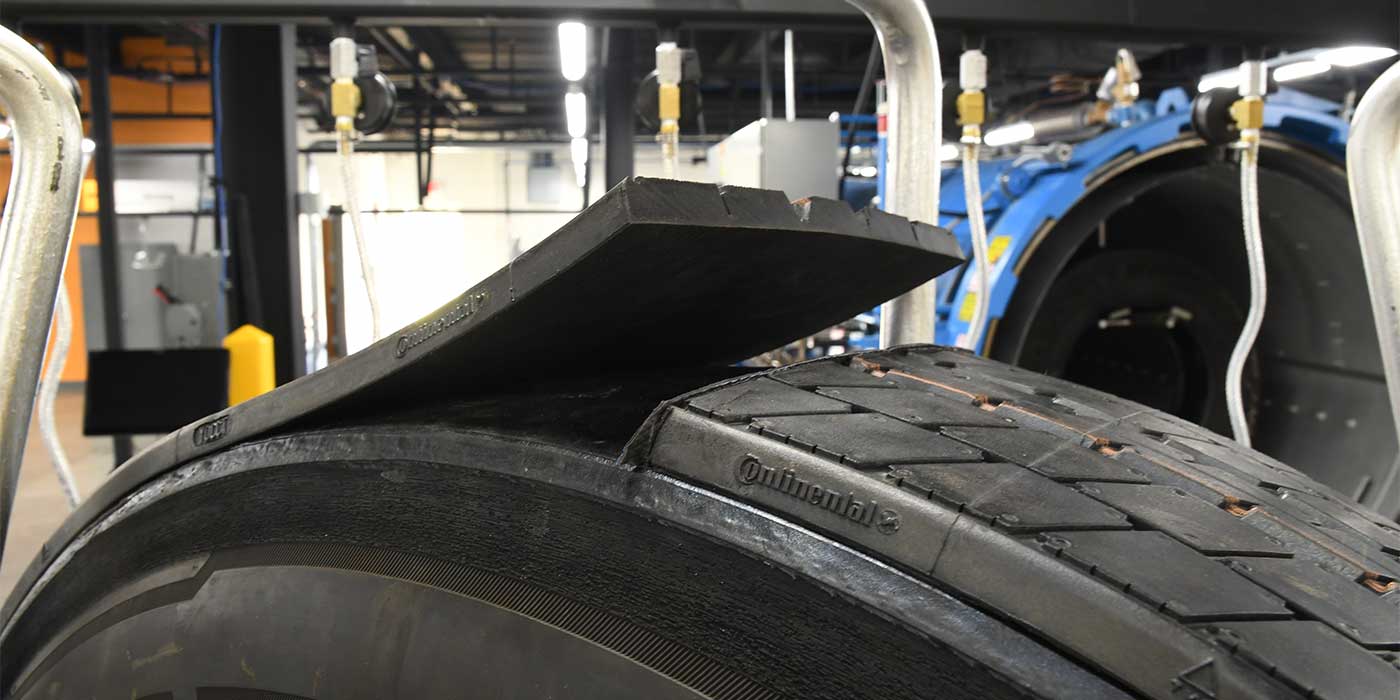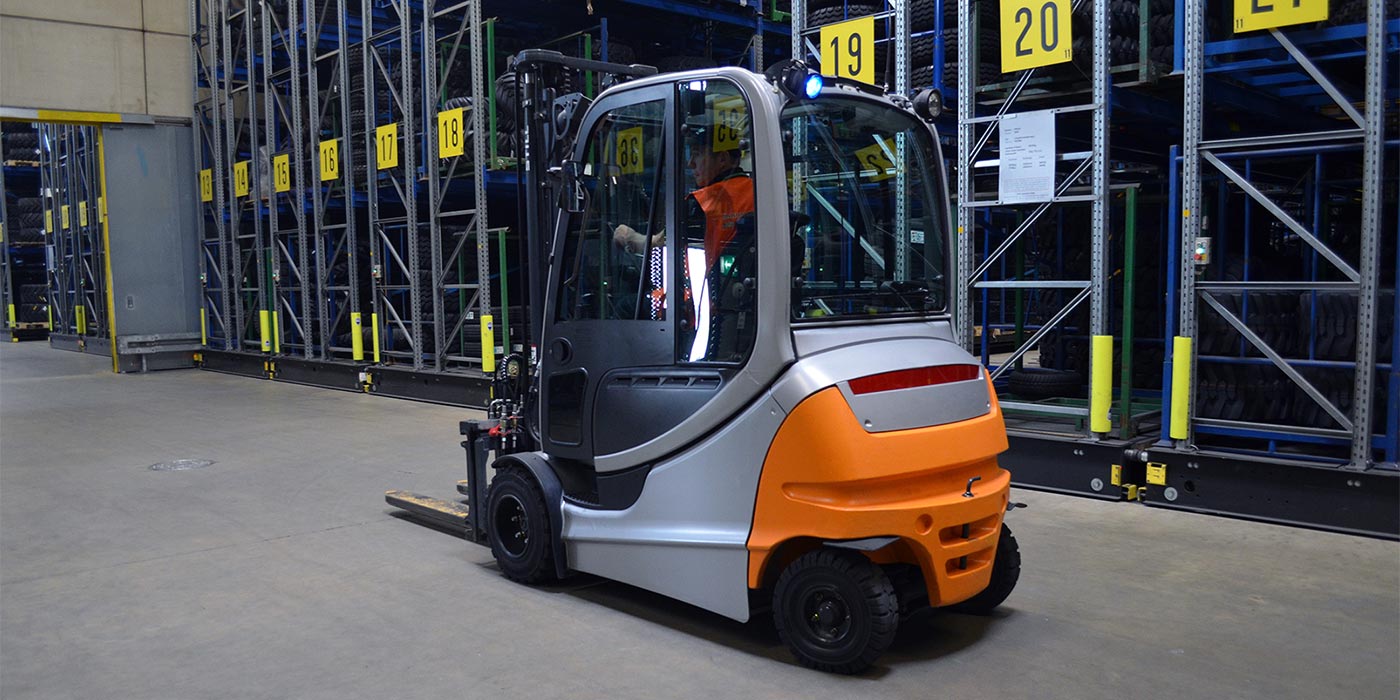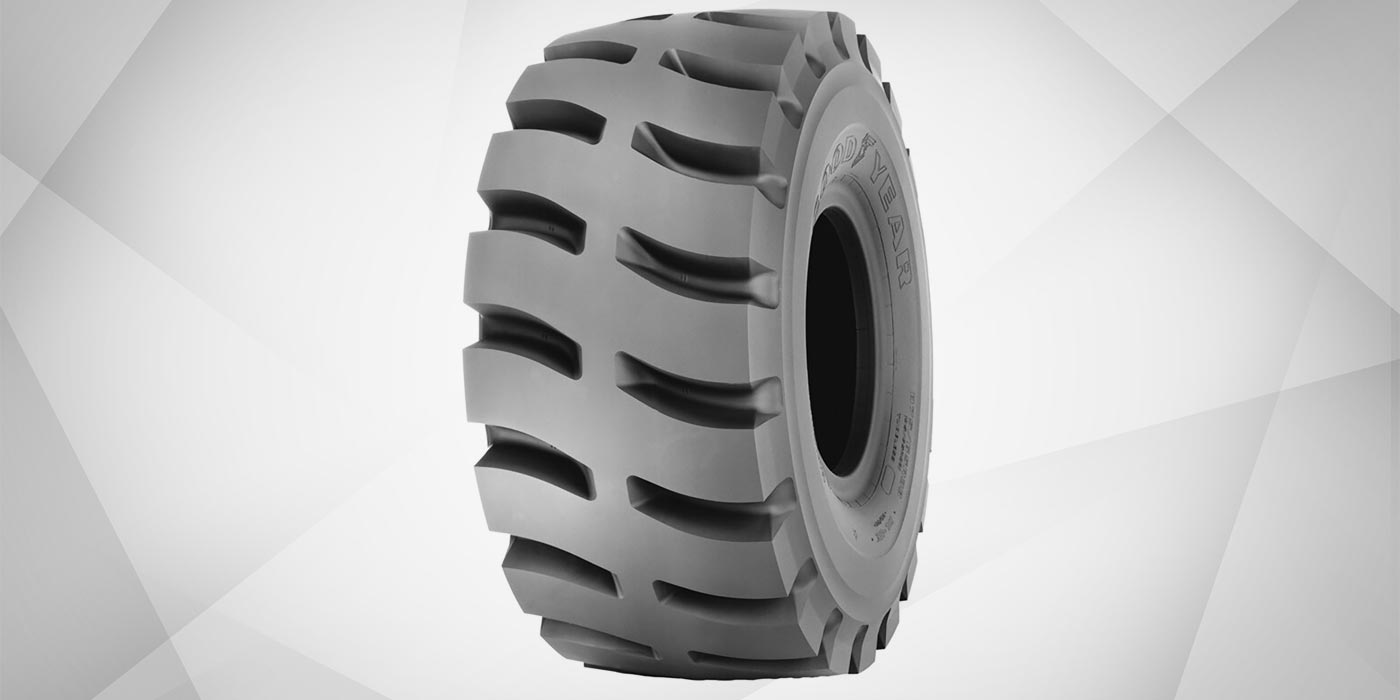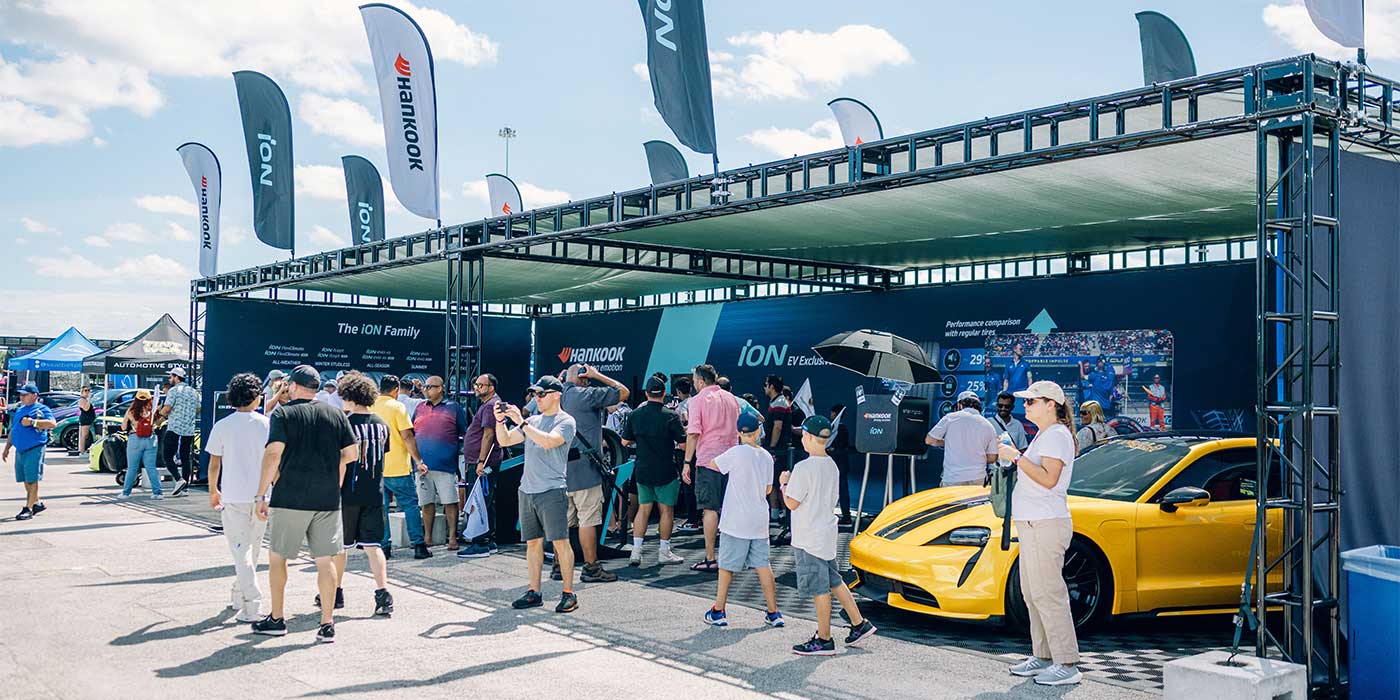The days of lead wheel weights are numbered. While the federal Environmental Protection Agency has been slow to act, a number of state governments – California, Illinois, Washington, Maine, Vermont and New York – have banned the use of lead wheel weights. In addition, similar legislation is pending in Iowa, Wisconsin, Maryland and Rhode Island, with more states likely to follow.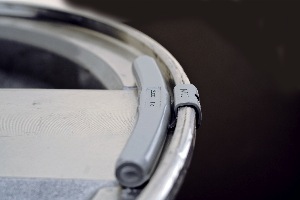
With the industry in a transitional state, tire dealers need to decide when and how to make the move to lead-free alternatives. For those in the states mentioned above, the decision is easy: make the transition by the legislative deadline or face significant penalties.
Industry professionals recommend dealers in remaining states also make the switch to lead-free weights – even though they are not yet legally required to do so – citing several benefits to these dealers’ businesses, including: being able to take the time to make an informed, educated transition; boosting their shops’ reputations by promoting a “green” initiative; and avoiding having to scrap existing lead inventory when the transition eventually is required.
With several manufacturers to choose from, there are plenty of alternatives and resources available. And with the cost of alternative zinc and steel weights becoming more in-line with that of traditional lead products, now is a good time to weigh your options.
Legislation History
While the issue is relatively new in the U.S., Japan has been phasing lead out of its vehicles – including wheel weights – since 2001. In 2005, the European Union’s End of Life Vehicle Directive took effect, banning the use of lead in vehicles in Europe – including weights – with the goal of removing lead from the scrap vehicle-recycling stream. It was this legislation that was the catalyst for the lead-free wheel weight movement in the U.S., according to Kevin Keefe, vice president of marketing for Hennessy Industries, manufacturer of Bada steel wheel weights.
North American vehicle manufacturers had to decide how they would comply with this new regulation on vehicles exported to the EU. General Motors took the position that it would be more cost effective and efficient to make the switch to lead-free wheel weights on all North American-produced vehicles, rather than maintain separate models or change out wheel weights at the port. GM switched to steel wheel weights across the board, followed by Ford, Keefe says. By the end of 2009, every North American vehicle manufacturer had switched to lead-free wheel weights.
The OE change has trickled down to the aftermarket, resulting in major tire company-owned retailers, including Bridgestone Americas, making the transition. In addition, almost all of the 25 largest independent tire dealers also have either made or are in the process of making the transition to lead-free alternatives.
In 2009, the U.S. EPA accepted a petition to begin rulemaking to ban lead wheel weights across the country. Until a national ban is passed, dealers must pay close attention to individual state legislation and penalties. Some examples of fines include: in California there are penalties of up to $2,500 a day for each violation; and in Washington, the first violation results in a fine up to $500 and all subsequent violations receive a fine up to $1,000.
Why the move away from lead? According to the Illinois EPA’s Becky Jayne, lead is toxic to humans, fish and wildlife. When lead wheel weights fall off vehicles onto roadways and are degraded over time, they emit lead dust, which washes away and settles in soil and rivers. The federal EPA estimates that roughly 2,000 tons of lead falls off vehicles annually in the U.S. 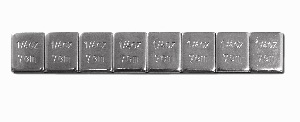
Alternative Materials
While manufacturers agree the majority of wheel weights currently used in the U.S. are still lead, all report the landscape is headed toward 100% lead-free alternatives.
“While the majority are still lead, that will change in five to 10 years, based on the way the industry has changed over the last several years,” says Brian Hodge, marketing director for IMI, maker of XactBalance weights. “It’s tough to predict how quickly states will get on board with this, and how suppliers will respond and alter their inventories.”
“The larger chains have made the corporate choice to go lead-free, but the large majority of others are still using lead unless there are state laws which prohibit its use,” says Mark Aiken, vice president of sales for Plombco. “Some people are changing outside the legislated states, but unless the price of lead rises to a point at which there is parity between alternatives, or the EPA finally produces the anticipated nationwide ruling, the change will likely be slow.”
Hennessy’s Keefe estimates just over 50% of the U.S. wheel weight demand will be lead-free by the end of this year.
Lead-free alternatives used today include steel, zinc and composite materials. Other materials originally studied were found to be unsuitable – bismuth, which proved to be too expensive, and tin, which has too low a density, resulting in a weight that is much too large and with a center of gravity that results in weight chasing and balance accuracy issues, Keefe explains.
There are some aesthetic differences between lead weights and their zinc or steel counterparts, mainly due to different densities and manufacturing processes.
“The greater density of lead allows for a smaller, heavier weight when compared to the alternatives,” says Daniel Molinari, product department manager for Wurth USA. “Alternative wheel weights are a little larger either in length, width or depth.”
“Zinc wheel weights closely match their lead counterparts because they are molded parts,” adds Perfect Equipment’s Mike Pursley, vice president of sales and marketing. “Steel, on the other hand, is a stamped part, so appearance and fit are noticeably different than zinc.”
There are slight differences between non-lead alternatives – zinc has a lower density than steel, resulting in wheel weights that are about 10% longer, according to Hennessy’s Keefe.
Molinari notes that physical differences also vary based on the type of weight used – clip-on vs. stick-on, or adhesive.
“Steel weights look different since many of them have the body affixed to the clip on the back,” explains Plombco’s Aiken. “Zinc weights are die cast like lead, so they actually look similar, though slightly larger. 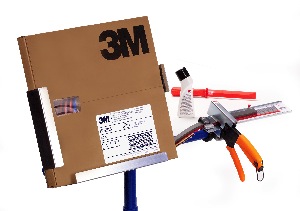
Perfect Equipment, Plombco and Wurth all offer full lines of zinc and steel wheel weights, while Hennessy’s Bada range is all steel. IMI and 3M offer different alternatives.
IMI’s XactBalance is a fixed, thermoplastic cartridge that contains free-moving steel particles that constantly readjust as the tire/wheel assembly moves, the company says. The adhesive weights are longer than lead, zinc or steel weights and come in 12 different sizes, Hodge says. “XactBalance is able to adjust, which helps knock out a broader range of vibration frequencies, resulting in a smoother ride.”
3M’s adhesive weights are offered as a complete system, which includes a roll of weights, a stand and a cutting device designed to measure the weight needed to the nearest gram, according to Kyle Lasenby, product/business marketing manager for 3M’s Automotive Division. The flexible wheel weight material comes in three profiles – one for balancing using the exterior plane and two for the interior – and conforms to any wheel shape, he adds.
Both IMI and 3M note their products result in fewer SKUs dealers must carry.
Each wheel weight manufacturer says its lead-free alternatives resist corrosion – an especially important issue in the case of steel.
“One of our strengths has always been our OE-approved coating,” says Plombco’s Aiken. “It offers the highest level of protection against chipping and corrosion.”
Perfect Equipment’s Pursley notes the company’s OE-driven wheel weight design features superior coatings, a shape and attachment for reduced scratching, and products engineered for a wide range of applications, resulting in a “virtually zero failure rate.”
Hennessy’s Keefe says the coating technology of Bada’s weights offers nearly three times the corrosion resistance of the traditional polyester topcoat found on other steel weights and will not chip. “Bada’s design incorporates the clip in the mass of the weight. The result is superior fit and retention, as well as a design that closely resembles traditional lead wheel weights in fit, form and function,” he adds.
Wurth offers dealers seamless transition and recycle programs for the switch away from lead to a zinc or steel alternative, according to Molinari. “Our representatives provide a full-service transition program that allows our customers to make the change quickly and professionally. At the same time, we provide a recycle program that covers lead weights and alternatives that have been removed from cars previously serviced.”
Making the Switch
When it comes to installation, there are slight differences between lead, steel and zinc wheel weights. Dealers and techs need to keep in mind that with zinc and steel weights, greater importance must be placed on using the right product for the right application, according to Plombco’s Aiken. “Both steel and zinc are rigid, and misapplication will more likely lead to failure. The other tip is to use a plastic-headed installation tool, which will dampen the blow and lead to less reverberation.”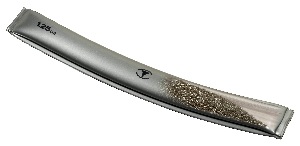
Unlike their lead counterparts, lead-free wheel weights are less malleable and are not forgiving when applied to flange styles for which they are not designed, notes Hennessy’s Keefe. He says it’s important to watch out for improper fit: “Large gaps between the wheel weight clip and the wheel flange, or the weight mass and the wheel face, can easily lead to ‘sprung’ clips – a condition in which the clip loses its spring tension. This condition would adversely affect the retention of the wheel weight to the wheel, leading to vibration complaints and comebacks.”
Tire dealers’ concerns about having to carry more SKUs are unfounded, since zinc and steel wheel weight lines are a one-for-one change, Perfect Equipment’s Pursley says. “There are eight series in lead, as well as zinc and steel. The SKUs required don’t change.”
Keefe adds that the most successful conversions in terms of comeback avoidance and general disruption to balancing processes have been those that employed a full line of clip styles. Rather than “short-lining” and stocking just a few major clip styles, then using adhesive weights for the rest, he says it’s better to carry a full line of clip styles. “More work goes into proper adhesive weight balancing, and in general, it takes more adhesive weight vs. clip weight to balance a given tire and wheel assembly,” he explains. “On average, dealers using adhesive weights to supplement their short-lining suffer a 20% loss in productivity.”
As mentioned above, dealers who opt for 3M’s adhesive system or IMI’s XactBalance technology face even fewer SKUs.
While in the beginning cost may have been a deterrent to making the change, the price difference between clip-on and adhesive lead wheel weights vs. steel or zinc offerings is now minimal.
Perfect Equipment’s Pursley says that early on, the cost of non-lead alternatives was two to three times the cost of similar lead products, but today that differential is less than 25% for a coated non-lead alloy wheel weight.
Hennessy’s Keefe offers an example: “If you are paying 30 cents an ounce for lead wheel weights and the average four-tire sale consumes about 10 ounces of wheel weights, your wheel weight cost is $3. Lead-free wheel weights are on average 25% more costly at this point in time than lead ones – let’s make it 30% to make the math easier. Your cost for the same vehicle using lead-free wheel weights would be $3.90. The impact is under a dollar per vehicle for the average four-tire sale. In our experience, this incremental expense is far less than the potential cost of scrapping lead wheel inventory.”
IMI’s Hodge adds that improved balancer technology and extended OEM-recommended service intervals make using non-lead wheel weights more cost-efficient than in the past. And while XactBalance units cost “significantly more” than other wheel weights, they “deliver better performance because they constantly readjust based on changes in load, speed, temperature and treadwear throughout the life of the tire, resulting in higher customer satisfaction ratings,” he adds.
Taking Early Action
Why make the non-lead transition early? A handful of wheel weight manufacturer representatives offered final remarks about why dealers should take a proactive approach to the inevitable process – reasons that cover an economical, environmental and business-savvy spectrum.
“Dealers will just be getting a step up on a process that will affect them likely sooner rather than later,” Plombco’s Aiken notes.
“When you consider that 2,000 tons of lead wheel weights are distributed to the pavement of our roads each year, plus the possible health effects lead in the immediate environment can have in brain and nervous system disorders, the choice should be easier to make,” Wurth’s Molinari says.
“The largest reason is to be ahead of the regulations. Most states have a sunset date and don’t have provisions for using existing inventory,” Pursley adds. “Starting early avoids having to scrap inventory.”
“If you wait until you are compelled to switch, it will likely be a costly changeover,” Keefe explains. “As we have seen with those who made the switch in advance of legislation, taking control of your own conversion timetable will result in a much more smooth and cost-effective transition.
“Also, all the major North American manufacturers currently are running at least two separate production operations – one for lead and at least one for lead-free wheel weights,” he continues.
“But industry demand for wheel weights as a whole has not changed. We are all running at least one entirely redundant operation to support demand for both types of weights. That has a huge impact on our industry’s cost structure, and the sooner we can shed at least one of those redundant operations, the better off we’ll be from a cost perspective – and the savings will naturally work its way through the entire supply chain.”

